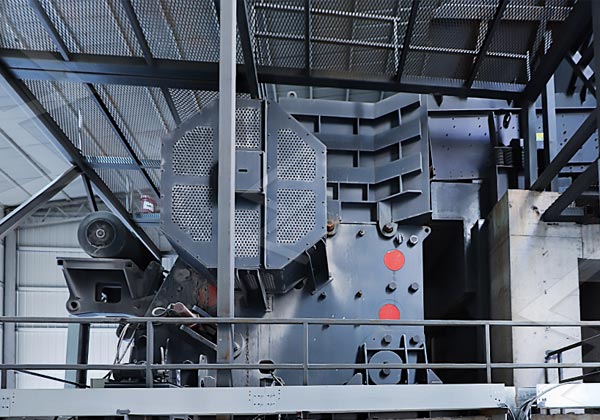A jaw crusher is a vital piece of equipment used in the mining and construction industries. It is designed to crush large rocks into smaller particles for further processing. Like any mechanical device, a jaw crusher consists of several components that work together to achieve its crushing capabilities. In this article, we will explore the various parts of a jaw crusher and discuss their repair and maintenance.

- Jaw Plates: The jaw plates are the main wear-resistant parts of the crusher that come in direct contact with the material being crushed. They are typically made of manganese steel, which provides excellent abrasion resistance. Over time, the jaw plates may wear out or become damaged, requiring replacement. Regular inspection and monitoring of the jaw plates’ condition are essential to ensure optimal performance and avoid unexpected downtime.
- Toggle Plate: The toggle plate acts as a safety mechanism for the crusher. It connects the movable jaw to the driving mechanism and helps protect the crusher from overloading or damage caused by uncrushable materials. If the toggle plate breaks or becomes loose, it should be replaced promptly to maintain the crusher’s safety and functionality.
- Eccentric Shaft: The eccentric shaft is a critical component that transmits power from the motor to the jaw crusher’s crushing mechanism. It converts the rotary motion of the motor into a reciprocating motion of the swing jaw. Over time, the eccentric shaft may develop excessive play or suffer from fatigue due to high stress. Regular lubrication and inspection are necessary to identify any issues and perform timely repairs.
- Bearings: Bearings play a vital role in the jaw crusher’s operation, supporting the eccentric shaft and allowing smooth movement of the swing jaw. They are subjected to high loads and must be properly lubricated to minimize friction and prevent premature wear. Regular inspection of the bearings is crucial, and any damaged or worn-out bearings should be replaced promptly to avoid catastrophic failure.
- Jaw Crusher Springs: The jaw crusher is equipped with springs that provide additional support and cushioning to the crusher’s components. These springs help absorb shocks and vibrations during the crushing process, reducing the stress on the crusher and prolonging its lifespan. If a spring becomes weak or breaks, it should be replaced to maintain the crusher’s stability and functionality.
- Jaw Crusher Liner: The liner is a replaceable component that lines the inside of the jaw crusher’s crushing chamber. It protects the jaw crusher’s main body from wear and tear caused by the crushed material. Depending on the type of material being crushed, the liner may wear out over time and require replacement. Regular inspection and monitoring of the liner’s condition are necessary to ensure efficient crushing performance.
In terms of repair and maintenance, regular inspection and preventive maintenance are key to identifying and addressing potential issues before they escalate. This includes checking for excessive wear, loose or damaged parts, proper lubrication, and ensuring all safety mechanisms are functioning correctly. When repairs are necessary, it is recommended to follow the manufacturer’s guidelines and consult with trained professionals or service technicians familiar with jaw crusher maintenance.
In conclusion, understanding the various parts of a jaw crusher and their maintenance requirements is crucial for efficient and safe operation. By regularly inspecting and maintaining these components, you can extend the lifespan of your jaw crusher, minimize downtime, and optimize its performance in the mining and construction industries.
